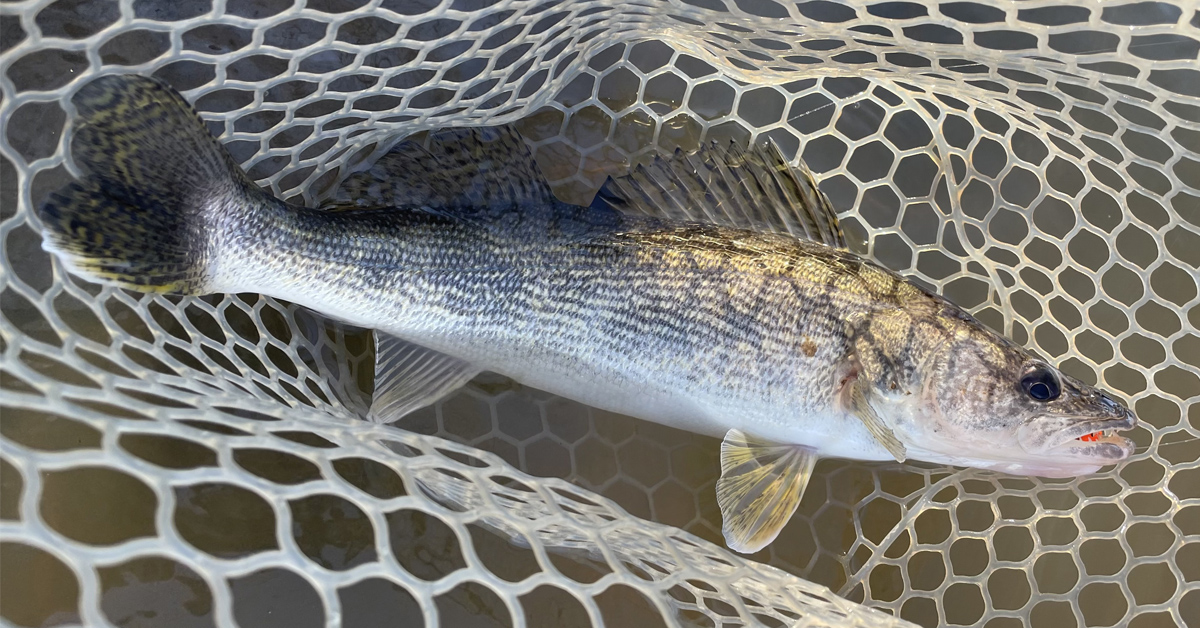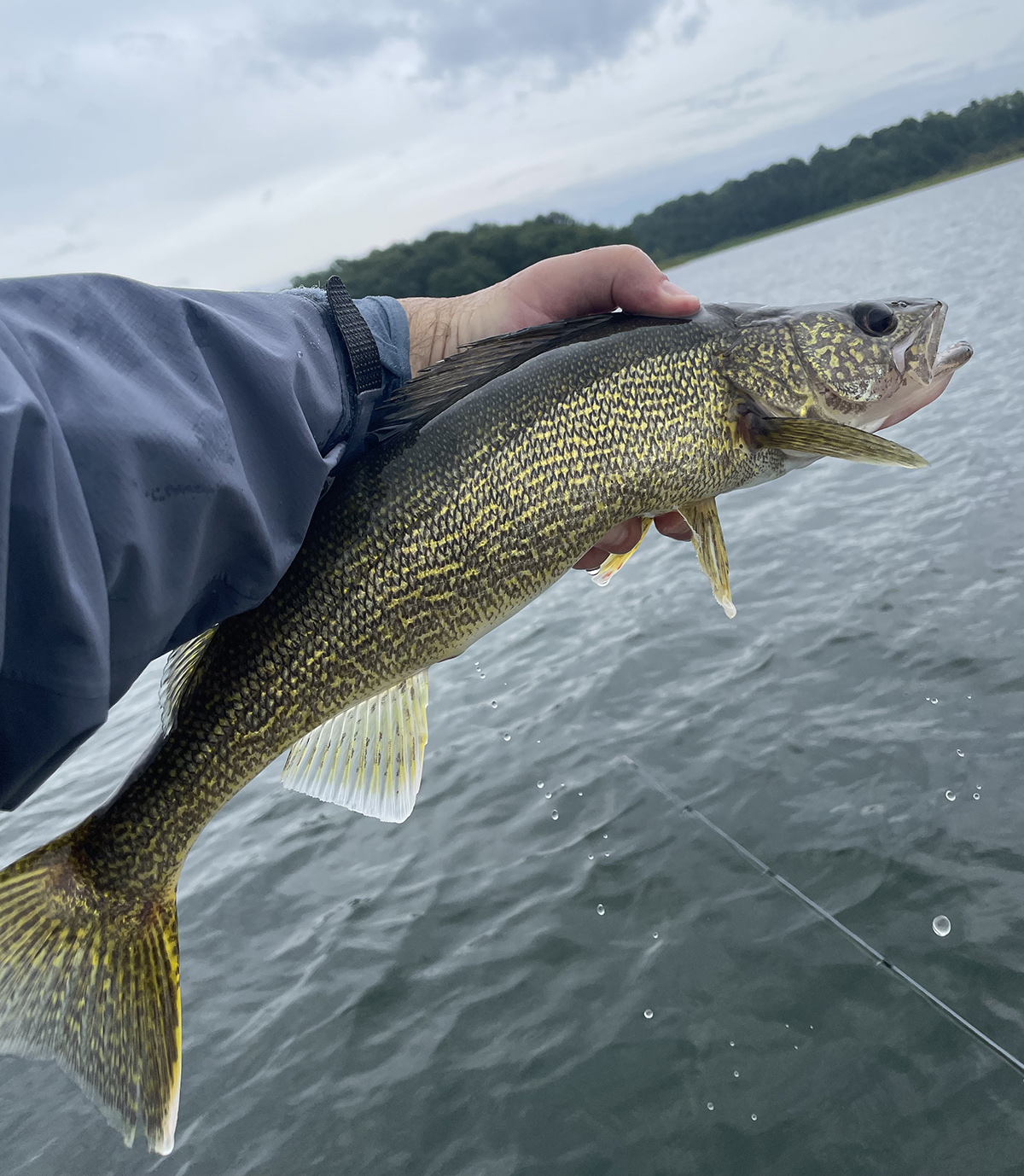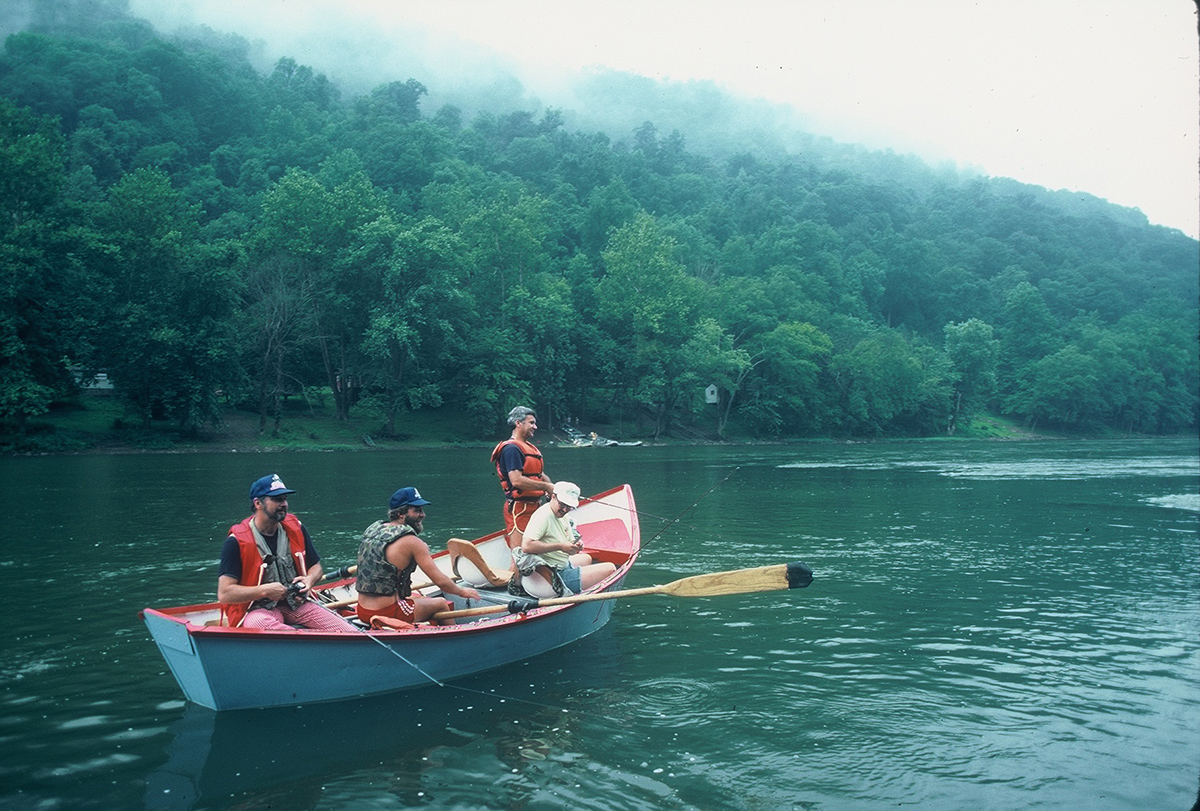Seventeen Tips for Catching Walleyes

By Gerald Almy
Bass, trout, and panfish draw most Virginia anglers to the lakes and rivers throughout the state. But the Old Dominion also has abundant walleye populations in many waters. Some are maintained by regular stocking, others by a combination of stocking and natural reproduction.
If you’ve devoted most of your fishing efforts to largemouths and bluegills or brookies and rainbow trout, give walleyes a try. The fall through spring period is an excellent time to go after “marble eyes,” as Midwesterners sometimes call them. Here are 17 tips and tactics to get you started.
Mục Lục
Detecting Bites
These fish seldom strike a bait hard like a bass. Instead, you’ll usually feel a dull thump or just dead weight suddenly on the line (sort of like a flounder). Maintain light pressure until you’re sure it’s a fish, then set the hook by cranking the reel handle fast and snapping the rod upward.
Jig Presentation
Anglers fishing jigs often believe that twitching and jerking the lure during the retrieve is helpful. In fact, you’ll draw more strikes by simply reeling the lure in slowly and steadily. That duplicates the slow, slinking motion of an unwary baitfish finning past them. That is usually enough to draw a solid take from any nearby walleye.
Vertical Jigging
Vertical jigging with a jig or slab spoon directly under the boat is often the best way to catch walleyes. When using this tactic, try to keep your offering either at or slightly above the level where the fish are showing on the depth finder. Due to the positioning of their eyes, walleyes can see lures or baits slightly above them better than baits jigged below their level.
Live Bait Level
This approach also applies when fishing live bait. Try to dangle it slightly above the fish, say 6 to 18 inches higher than their location as shown on the depth finder. They can easily lunge up and nab a minnow or nightcrawler dangled above them.
Night Action
On warm nights, walleyes often head to the shallows after sunset. Try wading, fishing from the bank, or using a quiet boat like a kayak to cast for these wary fish. A thin-minnow plug measuring 4 to 6 inches is the top offering, followed by a shallow diving crankbait. Keep each of these lures rigged on a pair of rods and alternate casting them. Work them back slowly over points, humps, rock piles, and weed beds.
Vertical Jigging Tip
When fishing directly over your quarry, be sure to lower the rod tip fast enough that the lure falls freely, but not so much that a lot of slack forms in the line. That makes it hard to detect strikes. Most hits will occur as the jig or spoon flutters down just above the fish’s holding level.

Side Planer Boards
Try using side planner boards when trolling for walleyes. These devices carry your lure 50 to 75 feet away at an angle to the side of the boat. This presents them to fish that have not been spooked by the sound of the outboard or the shadow of the boat. It also picks up fish that may have flared away from the moving craft.
Jig-Minnow Combo
Anglers debate whether a jig or minnow is best for walleyes. Sometimes one offering alone will outperform the other. But often the best bet of all is to use both. Fish a jig tipped with a minnow (or a nightcrawler). Tie on a 1/8- to 1/4-ounce jig and impale a small minnow on the hook through both lips, from the bottom up. Drift fish or cast this combination and you’ll likely catch more fish than you would with either offering by itself.
Weed Lovers
Walleyes like to hang out near weed beds such as sand grass, coon tail, and cabbage. They can hide in the weeds and ambush baitfish swimming nearby. If the weeds have a sharply defined edge, that’s best of all. Position your craft parallel to the vegetation and work lures right along the edge of it. They’ll hang back in the grass but lunge out to grab the hapless baitfish swimming by.
Favorite Walleye Areas
Your fishing luck will improve if you focus on structure walleyes like to hang out near. Check out these types of cover: reefs, points, secondary points, drop-offs, humps, flooded timber, depressions, riprap, and bridges. Both inlets and outlets of lakes are also prime spots. In rivers look for rocky bars, points, backwaters, and swirling eddies. The tailwaters below dams are also excellent.
Downrigging Tip
Walleyes are sometimes finicky about taking lures trolled on downriggers and won’t snap releases well. If this proves a problem, try switching to thin rubber bands. Simply half-hitch one end on the downrigger cable or a snap-swivel just up from the ball and attach the other end to the line. Use fat-bodied plugs or long minnow lures.
Drift Fishing Speed
A great way to catch walleyes is drift fishing with live bait. Use a combination of the wind and your electric trolling motor to get the correct speed. If you drift too fast, your bait will lift too high and out of the fish’s feeding range. A speed of about 5 to 7 mph is about right in most cases, but always experiment to see which speed works best on a given day. Some days the fish may be more aggressive than others. Backtrolling–running your motor with the boat pointed backward–may be required to get just the right speed.

Tackle
If you’re planning to vertical jig or troll, baitcast (level wind) outfits get the nod. For casting and retrieving or slowly drift-fishing a 6- to 7-foot medium action spinning rod and reel spooled with 8- to 10-pound line is ideal.
Fishing Depth
When the weather is bright and sunny, shallow waters may not produce. In that case, look for deeper points that jut out into the main lake, as well as rock bars, drop-offs, and humps. Steep breaks or sudden depth changes near a channel are hotspots for jumbo walleyes. Use a map and your sonar to locate these areas.
Windy Weather
Don’t stay home on windy days. Breezes can help move your boat along for drift fishing. They also oxygenate the water and push baitfish schools into tight groups, allowing walleyes to easily ambush them. Look for walleyes feeding on wind-swept points, reefs, bars, and shoals on the windward side of the lake.
Drift Fishing Rig
A top bait fishing setup for walleyes involves using a slip-sinker rig. Tie a size 4-8 hook to a 24- to 48-inch 8-pound test leader. Then attach it to a barrel swivel, with an egg or Lindy sinker on the main line from the rod and a bead above and below that weight. This rig can be used with leeches, nightcrawlers, or minnows.
Marker Buoys
Always have a marker buoy handy when drifting or trolling for walleyes. Odds are good that more fish are there when you find one. Throw the buoy over immediately when you get a strike. Then you can re-drift or troll through that same area where you’ve located the school of fish.
With these proven tips you should be ready to challenge one of Virginia’s most overlooked sportfish.















![Toni Kroos là ai? [ sự thật về tiểu sử đầy đủ Toni Kroos ]](https://evbn.org/wp-content/uploads/New-Project-6635-1671934592.jpg)


